
12 Major Developmental Stages Of Children From 1 To 6 Years
Stage 1: Scribbling stage: 2- 4 years This is made up of sub stages as the child grows and develops. 18 months - 3 Years- Non- representational/scribbling stage: Explores media through all their senses Makes random marks The scribbling begins They are aware of marks they make 3 Years- Non- representational/scribbling stage:

Stages of Drawing for Children From Scribbles to Masterpieces Inspiration to Play
First of all, he stated that a child's drawings are realistic. The reason is that children are more focused on drawing the characteristics of reality than its artistic beauty. The stages of a child's drawings are: (a) fortuitous realism, (b) failed realism, (c) intellectual realism and (d) visual realism.

All EYLF Resources Stages of Drawing Development EYLF Resource Early childhood learning
Drawing Development in Children: The Stages from 0 to 17 Years For children, art is a way of learning and not something to be learned. Viktor Lowenfeld Research shows that teaching kids to draw can have multiple benefits. How do we teach kids to draw? Does each kid go through different stages as they get older? Yes, they do!

Children learn to draw by following predictable stages as they mature. Find out what stage of
The 3 Important Developmental Stages of Drawing in Children - Discovery Play with Littles 6:00 am · The 3 Important Developmental Stages of Drawing in Children Pre-K Although each child has a different level of interest in drawing, learning to draw is important for all children!

The Stages of Drawing Development in Children 06 Years Empowered Parents
The developmental stages of children's drawings in Understanding Children's Drawings by Cathy Malchiodi include: Scribbling (1.5 to 3+ years) Basic Forms (3+ to 4+ years) Human Forms and Beginning Schemata (4-6 years) Development of Visual Schema (6-9 years) Realism (9-12 years) Adolescence (13-17 years).
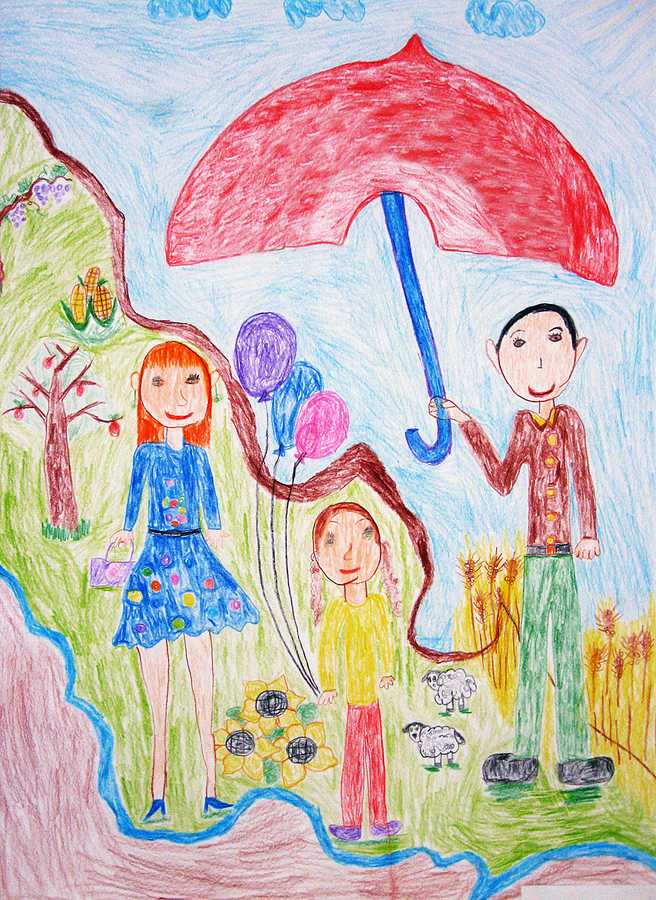
The Stages of Drawing Development in Children 06 Years Empowered Parents
To recap, the stages of drawing are generally defined like this: Scribble (with sub-stages): Approx: ages 18 mos to 3 or 4 years old. Pre-Schematic: approx. ages 4-7 Schematic: approx. ages 6-10 Dawning Realism/Transitional Stage: approx. ages 9-11 Age of Reason/Pseudo-Naturalistic Stage: approx ages 11-13

Developmental Stages of Children’s Drawings Crozet Play School
Drawing Development Stages for Children: Unleashing Creativity October 10, 2023 by Rashmi Panchal Step into the boundless realm of imagination, where colors🎨 dance on blank canvases and wild strokes bring ideas to life. Prepare to embark on an exhilarating journey through the captivating stages of a child's drawing development.
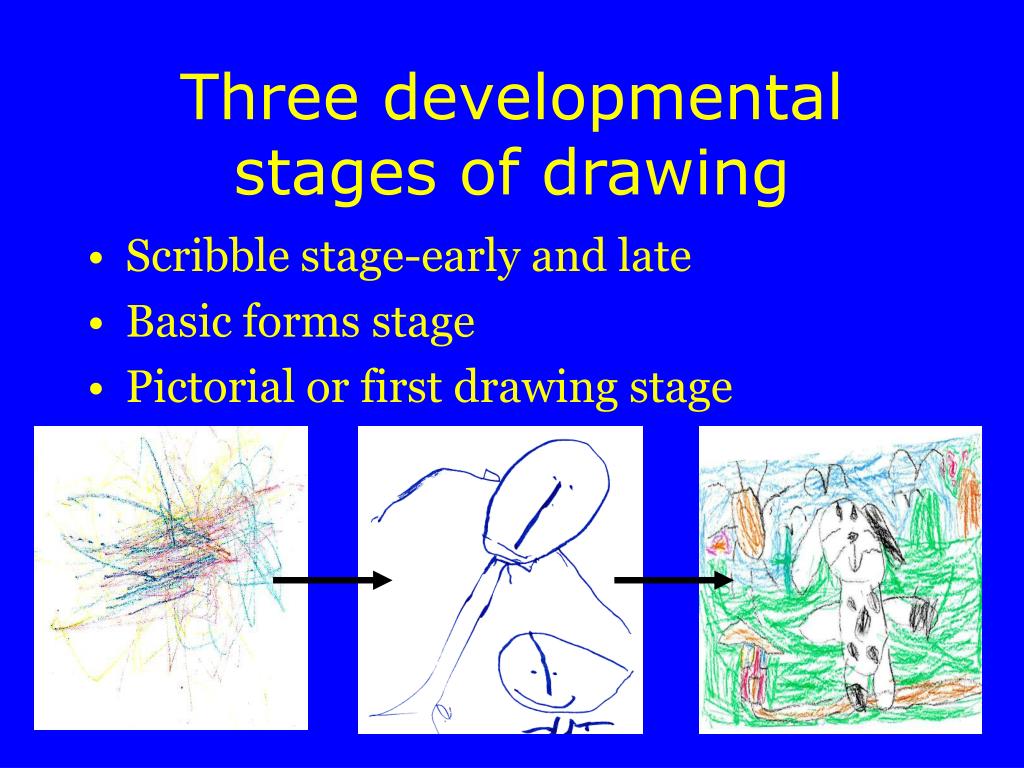
PPT Art in the Early Childhood Curriculum PowerPoint Presentation, free download ID5647325
The four major stages of drawing development are as follows. 1. Scribbling Stage This is the first stage of drawing development, usually between the ages of two and four. Children at this stage draw scribble with simple, random lines and shapes without tangible form or structure. 2. Pre-Schematic Stage

The Stages of Drawing Development in Children 06 Years Empowered Parents
Stage 1 of drawing development begins when your child first holds a crayon or other drawing tool with any sense of purpose and understanding. You won't have a clue what they have drawn - and they probably don't either (such understanding is cultivated as they progress to the next stage).

Stages of Artistic Development in Preschoolers and Toddlers Dailynews Monster
From a toddler scribbling to a teenager drawing realistic art representations, there are various developmental stages of drawing that progress as grip, visual motor skills, eye-hand coordination, and imaginative thinking (and other areas) develop. The following is a general guide to the development of drawing skills.
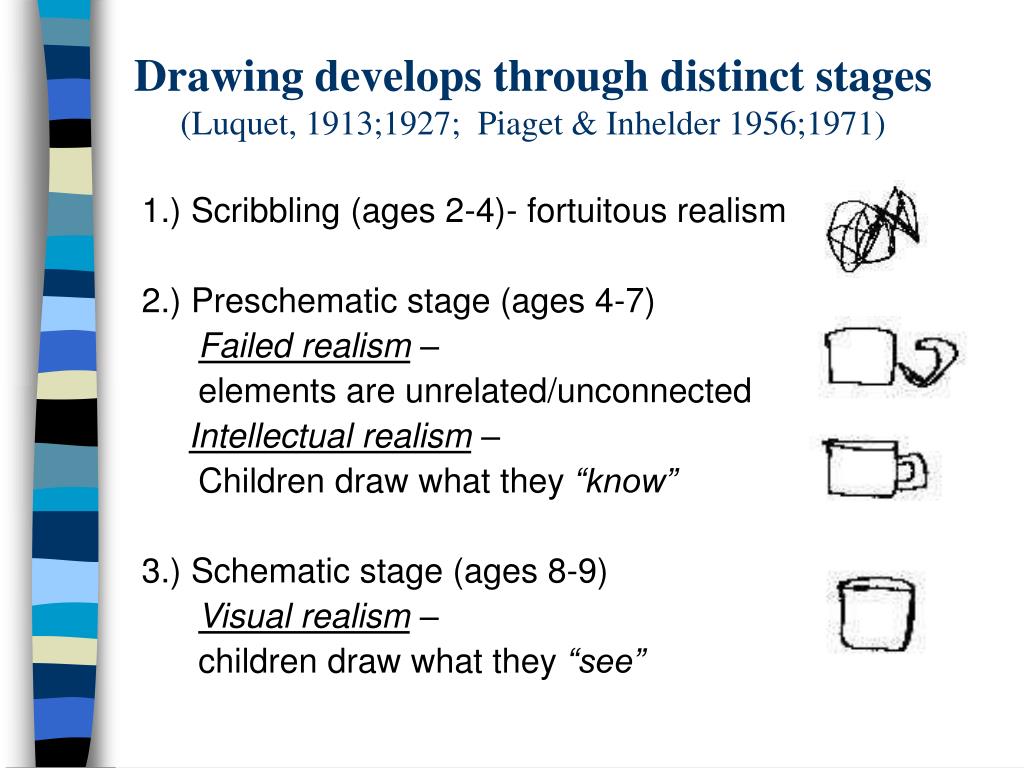
PPT What do children’s drawings tell us about child development? PowerPoint Presentation ID
By: Tanja McIlroy Last updated: 26 October 2023 Fine Motor Skills Here is a brief overview of the fascinating stages of drawing in child development and why it's important to encourage young children to draw. Drawing is a natural process for all children.
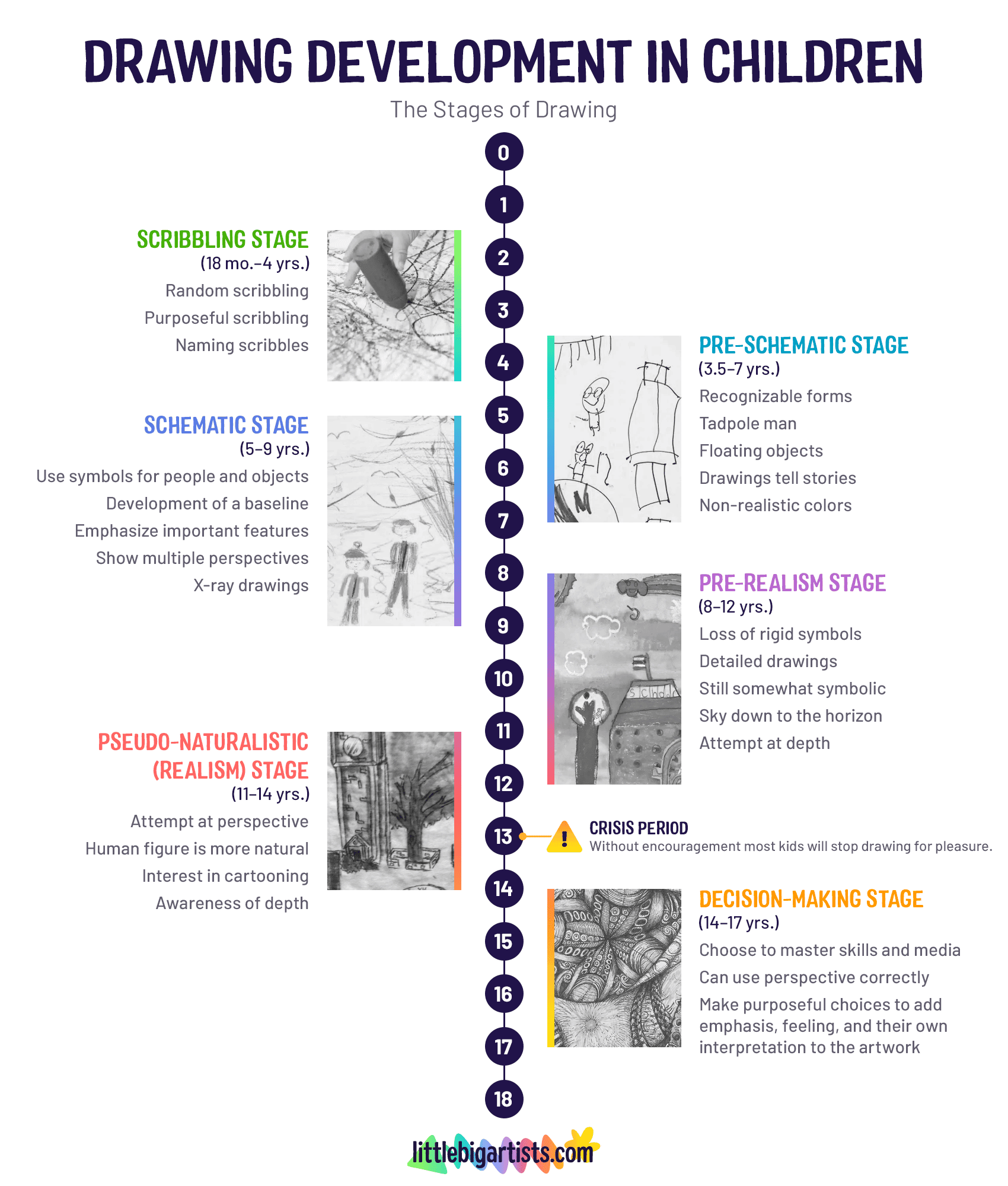
Drawing Development in Children The Stages from 0 to 17 Years Little Big Artists
oration of the stages in drawing development. Systematic comparisons of differ ent methods of investigation were carried out during this period (Rouma, 1912), and the biographic method was perfected (e.g., Luquet, 1912, 1913). Drawing development was firmly established as part of the intellectual development of

The Stages of Drawing Development in Children 06 Years (2022)
The five stages of child drawing development are as follows: 2 to 4 years: This stage is characterised by a slew of scribbles and doodles as your kid begins to draw with a drawing instrument like a crayon or a pencil. These drawings are often random and child-like.

The Stages of Drawing Development in Children 06 Years Child development stages, Infant
The pseudo realistic stage of drawing development begins at age 11 or 12 years. In this stage, children become more focused on the level of realism achieved in their drawings. This is often characterized by reasoning and self-criticism and an awareness of the natural environment. At this stage, children begin to recognize proportions, value.
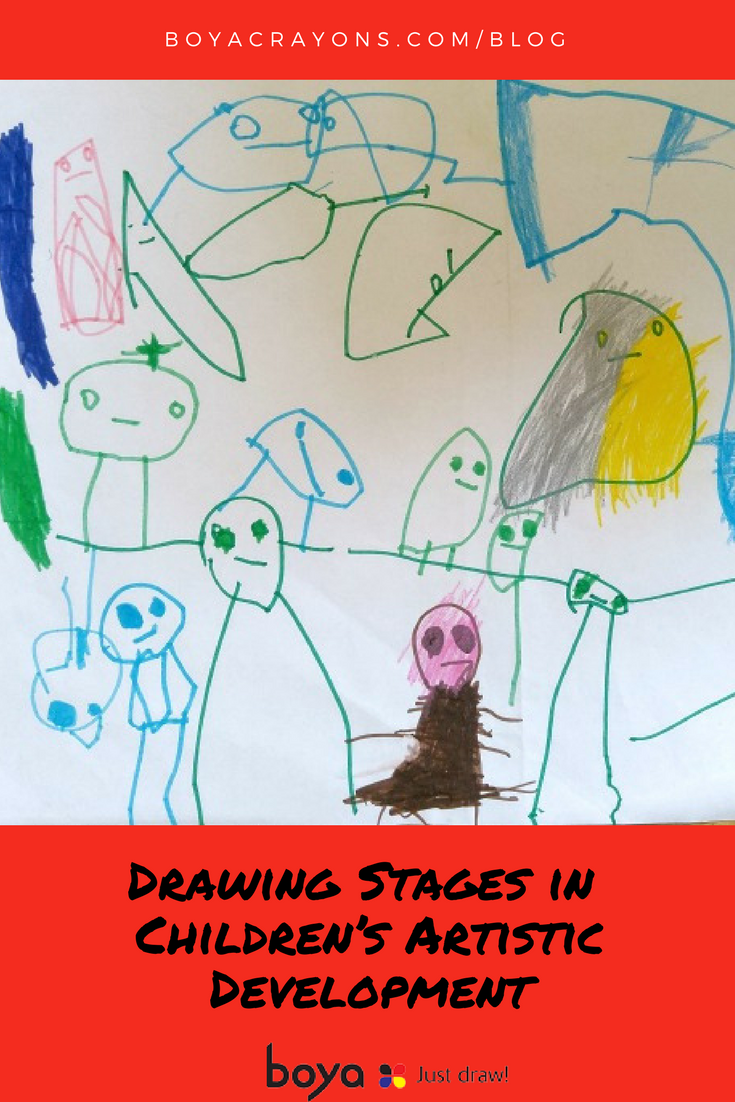
Drawing Stages in Children's Artistic Development Boya Just Draw!
Here are the five stages of drawing development in children (1) (2): 1. Between 2 and 4 years Save Image: Shutterstock Random picture drawing and scribbling define this stage as your child begins to move the arm and work with a drawing tool such as a crayon or a pencil. Scribbling also helps a child develop hand-eye coordination.

The Stages of Drawing Development in Children 06 Years in 2020 Learning quotes, Kids
From a developmental standpoint, drawing is a process of creating visual representations of ideas and experiences. It involves the use of lines, shapes, and other visual elements to make visible the things around us. Over time, drawing becomes more sophisticated as children incorporate more complex forms and ideas into their drawings.